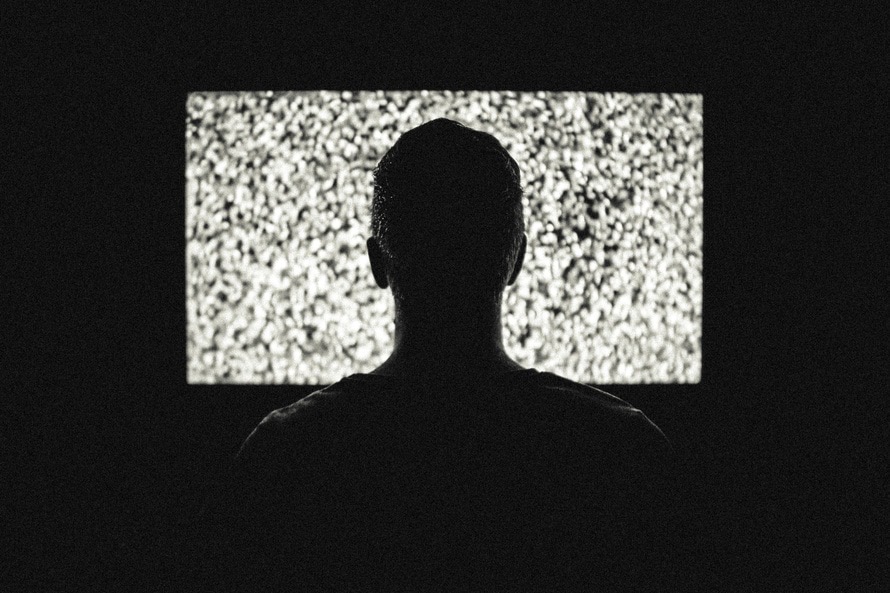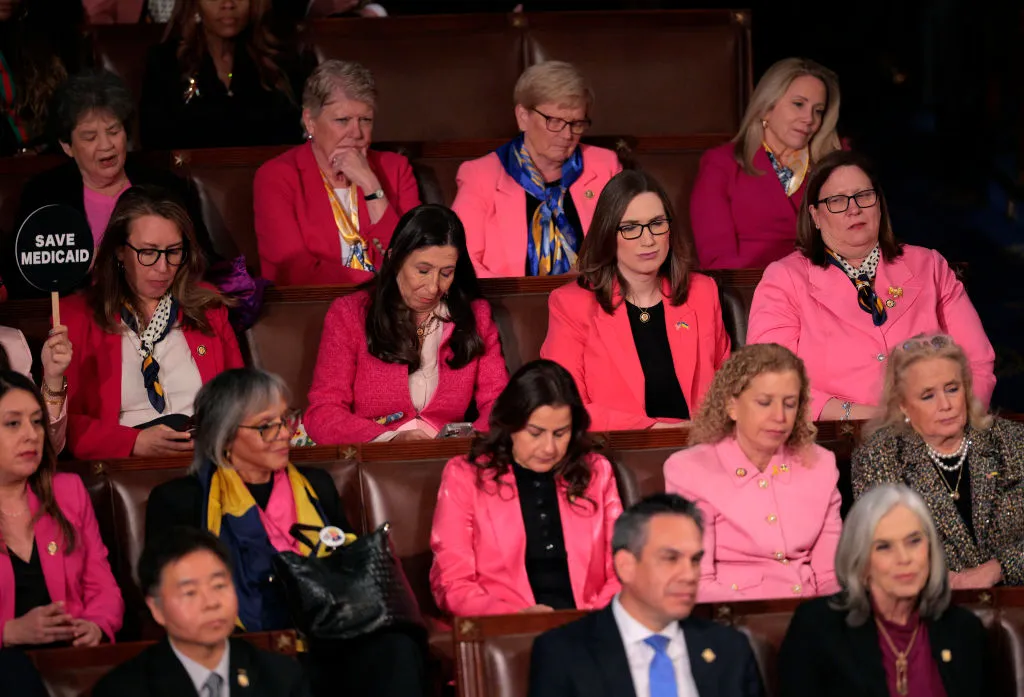Representation of the Nation
August 25, 2017
There are ghosts living among us. They are seen, but have no voice. They can speak, but are not heard. They are noticeable, but not memorable. They make up a massive portion of the population, but are still viewed as insignificant. Minorities have little to no voice in today’s society. The representation of minorities – women, people of color, LGBTQ+, and more – in our society and particularly in media and entertainment has shown little to no growth over the years and continues to be harmful. Though the United States of America is commonly referred to as “the melting pot” of the world, representation in the media and entertainment business still fails to acknowledge this influential ideology. Members of minority communities are often cast in the shadow of straight, white men. It is time for a monumental change and it has been the time for a while now.
Recent statistics demonstrate that our society needs to improve, because despite what the mainstream media and entertainment business often display, society does not solely consist of straight, white men. Some people speculate that television only takes up a fractional portion of a person’s day to day life, and has a minimal impact on the individual psychologically, therefore the lack of representation should not be an illness in the bleeding heart of the film industry. However, studies from leading organizations and renowned scholars, like the American Academy of Pediatrics (AAP) and Dr. Martha Lauzen, have proven otherwise. A recent study from Nielsen Media Research found that, on average, an adolescent watches about 3 hours of television each day. Despite the benefits television can bring, studies have shown the lack of representation for minorities, as well as the negative representation that is often packed full of stereotypes, has been damaging people’s mental health on a global scale. In a 2012 study by Martins and Harrison, they found that the self-esteem of African American viewers drops significantly in comparison to Caucasian viewers after watching television. In the rare cases of positive representation that are not done at the expense of minorities, this has proven to help break down barriers and expose people to cultures they might not notice otherwise. In the 1976 paper, “Living With Television”, researchers George Gerbner and Lady Gross wrote, “Representation in the fictional world signifies social existence; absence means symbolic annihilation.” The term symbolic annihilation, coined by George Gerbner, is used to describe the absence of representation, or false representation, in the media. Gerbner proved that symbolic annihilation keeps social inequality alive. Since he created this term in 1976, very little has changed in the media and his theory to gains more credibility and validity everyday. This theory is largely applied to feminism because while women make up 51% percent of the population, men are up to five times more likely to be represented in media.
A study by Variety found that 90% of show runners for shows slated for 2016 to 2017 are white and almost 80% of them are also male. Research by San Diego State University’s Center for the Study of Women in Television and Film found that although women make up a majority of the population, women will only be running 22% of the new shows. This number has only gone up by 4% since 1998. Dr. Martha Lauren recently wrote in her report, “Celluloid Ceiling”, that only 17% of directors, writers, producers, executive producers, editors, and cinematographers for the top 250 domestic grossing films in history are women. This is within a percent of the 1998 results and shows a 2% decline since 1998. We have all seen the advertisements – the future is female. More importantly, the future is still female. It is about time we start acknowledging that in the entertainment industry.
As a society, we need exponential change. Though some believe modern society is more open minded than it has ever been, we must continue to grow. Even when our situation is satisfactory, we should wonder how it could be made even better. Filmmakers are often praised for being “progressive” when they have cast or create minority characters for their films. The reality is, adding characters that are not just straight, white men is the bare minimum for these so-called “progressive” individuals. We need to strive for better story-telling and encourage more stories to be told. The wait for representation has caused patient suffering among people of all backgrounds and this needs to change. We live in a diverse society where everyone has their own stories and that is something we need to celebrate, not cast aside. As a society, we should strive to break down barriers and destroy the negative tropes that cause minorities to become ghosts in our society. The future, our future, is diverse, and it is about time the mainstream media and entertainment industries acknowledge us.









